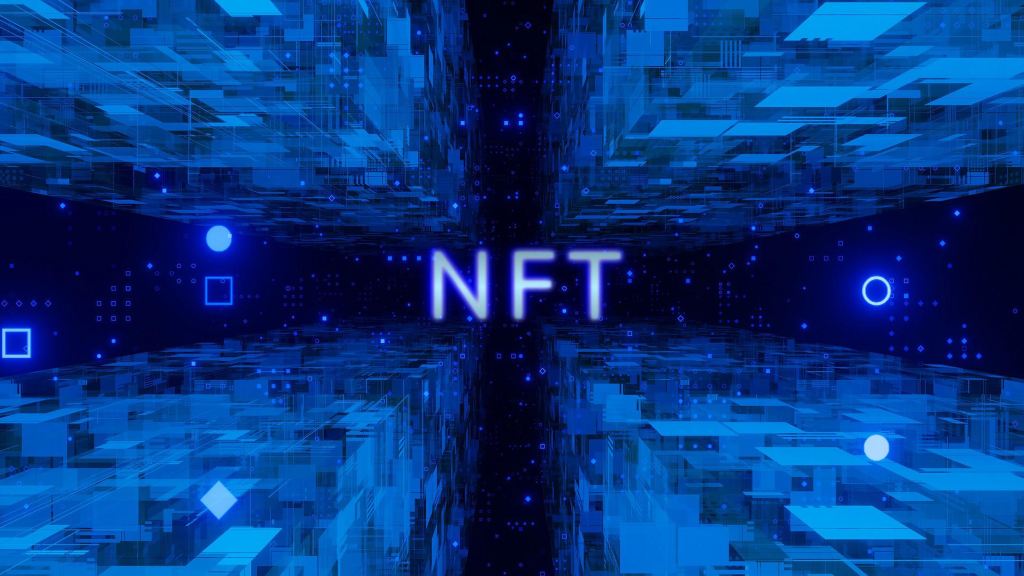
In recent months, the world of cryptocurrencies has witnessed a boom in NFTs (Non-Fungible Tokens), which have become a topic of discussion around the world. These unique, non-tradable tokens have been used to sell artwork, memes, videos, and other digital items for exorbitant sums. In this article, we will explore what NFTs are and how they have impacted the market.
What are NFTs?
In simple terms, an NFT is a cryptographic token that represents something unique and unrepeatable. Unlike traditional cryptocurrencies like Bitcoin and Ethereum, which are fungible (meaning they are tradable with each other), NFTs are unique and cannot be directly traded with each other.
NFTs have been used primarily in the digital art world, where they have allowed artists to sell their digital works exclusively. Just like a physical painting or sculpture, NFTs allow collectors to own a unique and authentic work of art. NFTs have also been used to sell videos, music, memes, and other digital items that have unique and exclusive value.
How have NFTs been used in the market?
The NFT market has exploded in recent months, with sales reaching record numbers. In March 2021, an NFT by digital artist Beeple sold for $69 million at Christie’s auction, making it the third most expensive work ever sold by a living artist. Other notable NFTs include a LeBron James video that sold for over $200,000 and a cat face meme that sold for over $500,000.
NFTs have also been used by musicians to sell exclusive and limited music in digital format. Rock group Kings of Leon became the first music group to sell their album in NFT format in March 2021, while other artists like Grimes and 3LAU have sold albums and individual songs as NFTs.
The impact of NFTs on the market
NFTs have had a significant impact on the cryptocurrency and digital art market. On the one hand, they have allowed digital artists to monetize their work more effectively, as they allow them to sell exclusive and unique works of art at a higher price. NFTs have also allowed collectors to own unique digital works of art that previously could not be owned physically.
However, the rise of NFTs has also raised some concern about their impact on the art market. Some critics argue that NFTs have no intrinsic value, and that their value is based solely on market speculation. There is also concern that NFTs could be used for money laundering and other illegal activities, due to the lack of regulation in the cryptocurrency market.
Additionally, the growing popularity of NFTs has led to increased competition in the market, which has led to an increase in the sale prices of some NFTs. This has led to increased media attention and increased public awareness of the NFT market.
Concern has also been raised about the environmental impact of NFTs. As NFTs are cryptographic tokens that run on a blockchain, their creation and transactions require a large amount of energy. According to a recent study, the carbon footprint of a single NFT transaction can be larger than that of an average person in Europe for an entire month.
Despite these concerns, NFTs remain an exciting new technology that has the potential to transform the art and digital media industry. Its ability to allow artists to more effectively monetize their work and allow collectors to own unique and unrepeatable works of art is a sea change in the way art is valued and marketed.
Conclusion
NFTs are an exciting technology that has had a significant impact on the digital art and cryptocurrency markets. They have allowed artists to monetize their work more effectively and have allowed collectors to own exclusive and once-in-a-lifetime works of art. However, they have also raised concerns about their intrinsic value, their environmental impact, and their possible use in illegal activities.
As the NFT market continues to evolve and grow, it is important that these concerns are addressed and steps are taken to ensure the security and long-term sustainability of the market. Although it is difficult to predict how the NFT market will evolve in the future, it is clear that this technology is here to stay and will have a significant impact on the way art and digital media are traded and valued.